In connection with the reopening of The David Collection, the museum will also present a new special exhibition: Fighting, Hunting, Impressing. Arms and Armour from the Islamic World 1500–1850.
Fighting, Hunting, Impressing. Arms and Armour from the Islamic World 1500 - 1850
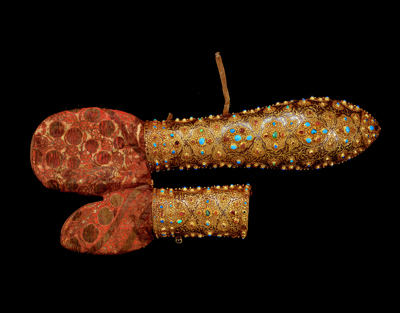
New special exhibition and book publication
Explore the fascinating arsenals of Islamic princes – full of arms and armour for use in battle, when hunting and for courtly ceremonies
It is so fine that I don’t want to be separated from it for an instant. It is more valuable to me than all the expensive gems in the treasury.
(The Indian Mughal Emperor Jahangir (r. 1605–27) about the hilt of an exquisite dagger)
Why exhibit Islamic arms and armour?
To many, the idea of arms and armour may have negative connotations, but it should be remembered that weapons are in themselves neutral tools that have been used by people everywhere throughout the ages. The vast majority of arms and armour was created for men – in the Islamic world and elsewhere – and the finest and most lavish specimens were not intended for either fighting or hunting, but may be considered a kind of male jewellery and status symbols. Vast amounts of technical skill and artistic creativity went into the creation of these often spectacular, gem-encrusted objects – but make no mistake: they are still fully functional weapons!
What is typical of Islamic arms and armour?
The exhibition initially sheds light on the special tradition behind the Islamic world’s use of arms and armour. The concept of Furusiyya constitutes the chivalric code of the Islamic world: the practical education and moral edification that formed the foundation of the noble Islamic warrior. The weapons themselves often carry inscriptions, some of which are quotations from the Koran believed to bring good luck while others provide information on who made them, who owned them, and when. Often the calligraphy is of very high quality, and the texts may be inlaid in gold. The exhibition also touches on the collection history and exhibition history of the arms and armour – both in the Islamic world and in the West.
What types of arms are shown, and how were they used?
The exhibition encompasses three main themes that illustrate the different contexts in which Islamic weapons were primarily used: for fighting, hunting and impressing others. Visitors can see examples of many of the different types of arms and armour characteristic of the Islamic world: edged weapons, for example daggers, swords and curved sabres, as well as long-range weapons such as composite bows and guns. Also presented is protective equipment such as helmets, mail shirts and shields as well as objects that were used to convey messages and signals, including standards, trumpets and drums. One of the sections of the exhibition elucidates the practical functions of these diverse objects on the battlefield.
Hunting was a prestigious occupation for Muslim princes, who developed many different types of hunt. Its special status also meant that the quarry and other animals used during hunting were depicted in decorations on weapons, as is shown in another section. A third section is devoted to the important role played by arms and armour in more ceremonial contexts, such as audiences where rulers received their subjects, and in the exchange of gifts between the rulers and the elite, or between the rulers themselves Throughout the exhibition, miniature paintings and enlargements of these provide striking testimony to the various ways in which the weapons on display were used in their own time.
Where do the exhibits come from?
The arms and armour shown were originally made in an area extending from North Africa in the west to India in the east. Today they are all housed in Danish collections, with some of them arriving in Denmark as far back as the early seventeenth century. As a result of major detective work, objects from the David Collection have been richly supplemented by others from the National Museum of Denmark, Rosenborg Castle, Designmuseum Danmark and from an important private collection. Many of these objects are now on display for the first time ever.
Publication
The exhibition is accompanied by a major, lavishly illustrated 296-page publication comprising a number of articles on the exhibition’s themes well as a catalogue section detailing the 151 objects on display. A press release regarding the publication of the book from Strandberg Publishing can be read here. The book is sold at the museum at a price of DKK 349.95.
Exhibition period
The exhibition runs from 21 April, 2021 to January 2, 2022.
Access for the press
Due to the COVID-19 situation, no actual press conference is convened. Regardless of whether the museum has reopened to the public, interested journalists are welcome to sign up to visit the exhibition (one person at a time) with a curator on weekdays between 9.30 and 15.00. A copy of the catalogue will be handed out. Individual visits without a companion from the museum can only take place as soon as the museum is open to the public again.
Selected images
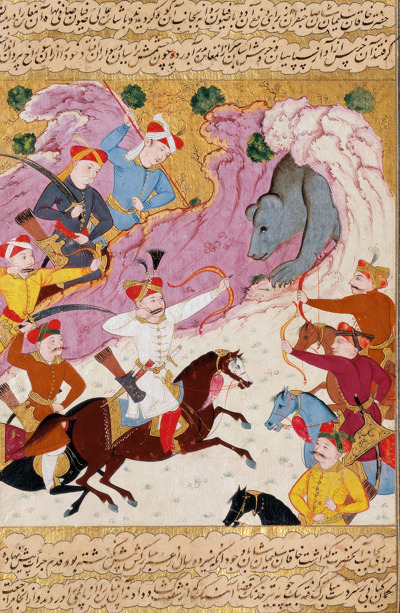
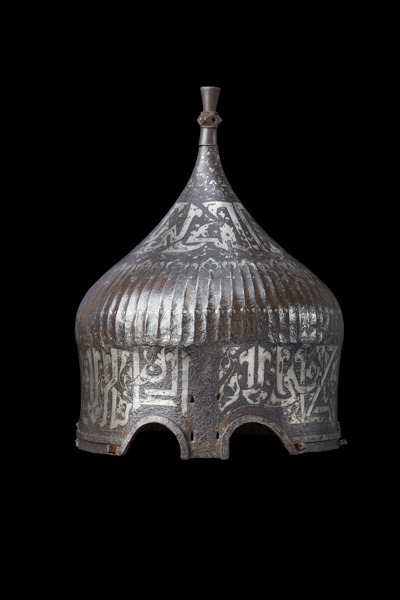


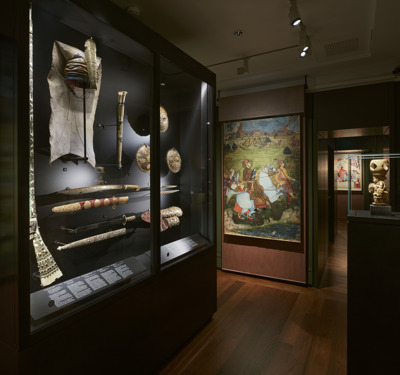
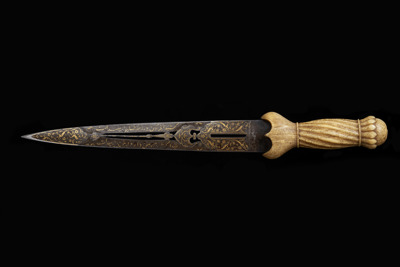
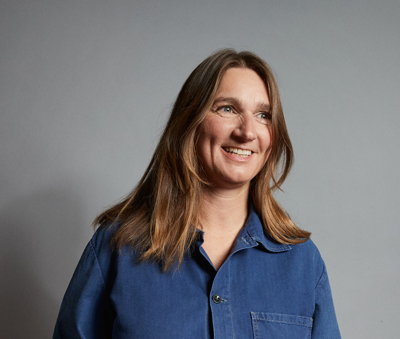
Modtageren af C.L. Davids Fødselsdagslegat 2025 er offentliggjort
Karen Kjældgård-Larsen modtager C.L. Davids Fødselsdagslegat 2025 for hendes nyskabende og humoristiske fortolkninger af den klassiske keramiktradition.
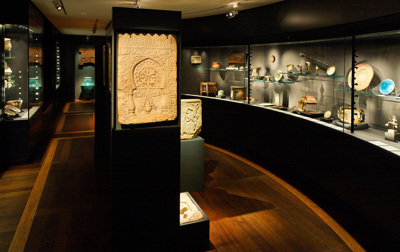
Museumstekniker til Davids Samling
Davids Samling søger en ansvarsbevidst og kompetent museumstekniker med ansvar for sikring og it.
Davids Samling er et privat, fondsejet museum beliggende i hjertet af København, med en af verdens fineste
samlinger af kunst fra den islamiske verden og nyere dansk og ældre europæisk kunst og kunsthåndværk.
Du får en central rolle i at drive og videreudvikle museets sikringssystemer og ansvar for daglig opfølgning af
vores forskellige it-systemer. Du skal samtidig være med i udviklingen og implementeringen af museets
arbejde med bæredygtighed og grøn omstilling.
Dine opgaver vil bl.a. omfatte:
• Vedligeholdelse og optimering af museets sikringssystemer.
• Drift og support af museets it-systemer i samarbejde med eksterne partnere.
• Deltage i opsætning af tekniske og digitale løsninger i forbindelse med udstillinger.
• Deltage i udviklingen og implementering af museets bæredygtighedsinitiativer og grønne omstilling.
Du bliver en del af en spændende og dynamisk arbejdsplads, hvor der er ressourcer til at tænke ambitiøst og
langsigtet. Du kommer til at arbejde tæt sammen med engagerede kolleger, som alle har stor kærlighed til
museet og samlingerne. Hverdagen hos os er kendetegnet ved godt humør og høje ambitioner udfoldet i
smukke omgivelser.
Du refererer til museumsforvalteren og indgår i teknikafdelingen, som består af medarbejdere med
ansvarsområder inden for vagttjeneste, opsyn, sikring, it, udstillingsopbygning, kunsthåndtering og rengøring.
Både i afdelingen og på museet generelt har vi en uformel omgangstone og lægger vægt på et godt socialt
arbejdsmiljø.
Om dig:
• Du har en teknisk eller håndværksmæssig baggrund og erfaring med sikring og tekniske anlæg.
• Du har interesse for bæredygtighed og grøn omstilling.
• Du er detaljeorienteret, ansvarsbevidst og god til at skabe struktur i din opgaveløsning.
• Du arbejder godt både selvstændigt og i samarbejde med kolleger.
• Du har en ren straffeattest.
Ansættelsesvilkår:
Stillingen er en fuldtidsstilling. Du ansættes som funktionær på individuel kontrakt med løn, pension mm. efter
aftale.
Ansøgningsfrist:
Du skal søge senest den 22. juni 2025 kl. 16, og vi håber du kan starte 1. august 2025.
Første samtale forventes afholdt d. 24. og 25. juni. Ansøgning, CV og relevante bilag sendes til
[email protected] med emnefeltet: "Museumstekniker".
Har du spørgsmål, er du velkommen til at kontakte museumsforvalter Simon Heide på telefon 3373 4949 eller
e-mail [email protected]

Jette Bang - Portræt af beduinerne i Qatar
I foråret 1959 ankom den danske fotograf Jette Bang (1914-1964) til Qatar. Med sin imponerende baggrund som en af Danmarks førende fotografer havde Bang allerede gjort sig bemærket for sine skildringer af Grønlands oprindelige befolkning gennem både fotografier og film. Nu vendte hun blikket mod Mellemøsten – nærmere bestemt beduinerne i Qatar.
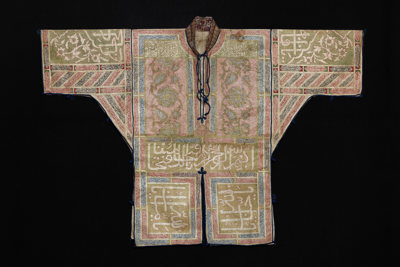
Mere end Ord. Kalligrafi fra den islamiske verden.
Fra den 24. maj kan du gå på opdagelse i den islamiske kalligrafi som kunstart og dens historie, når Davids Samling åbner dørene til særudstillingen ”Mere end ord – kalligrafi fra den islamiske verden”. Og titlen skal tages helt bogstaveligt, for ordene og de smukke bogstaver antager flere betydninger.